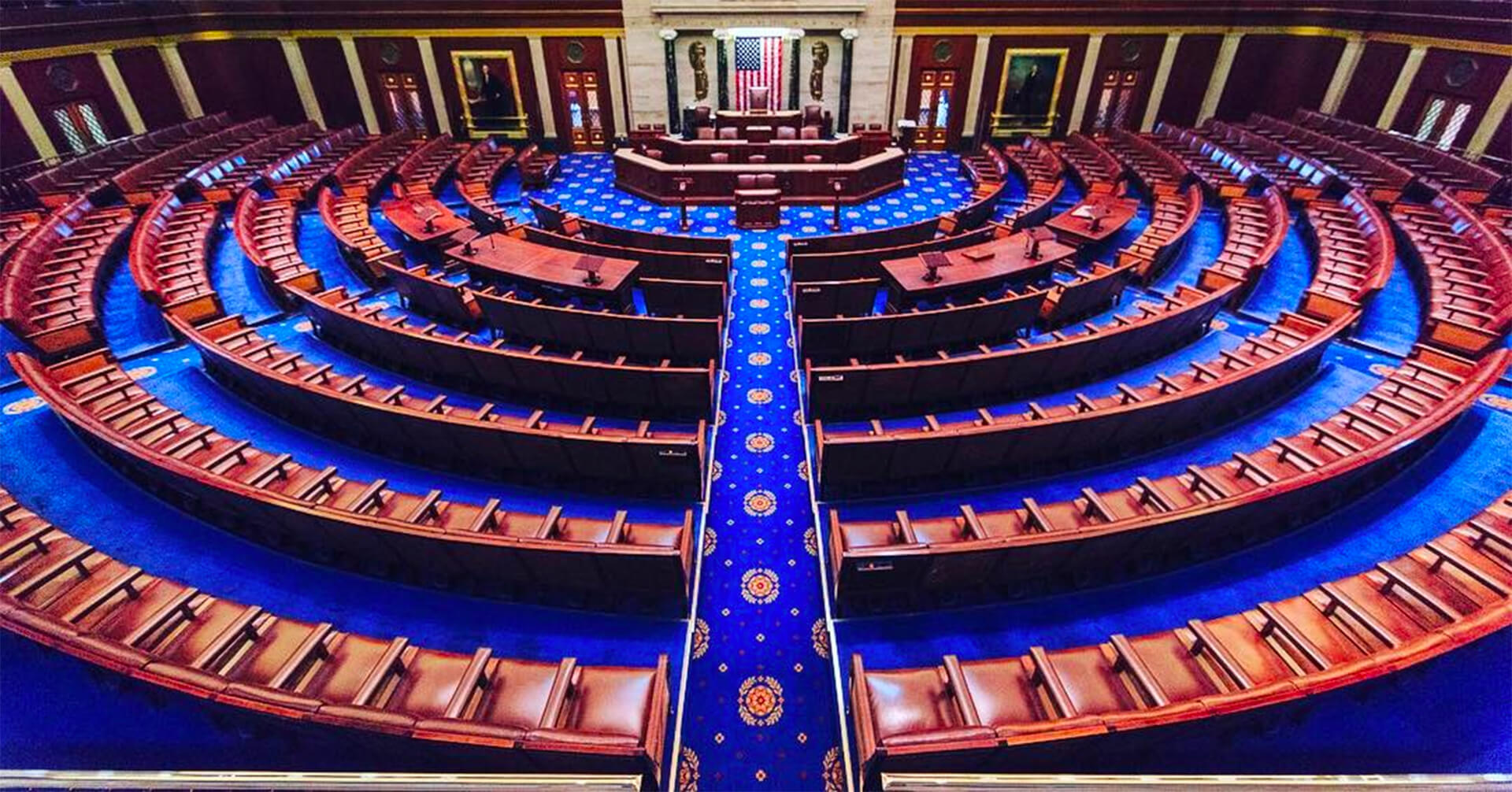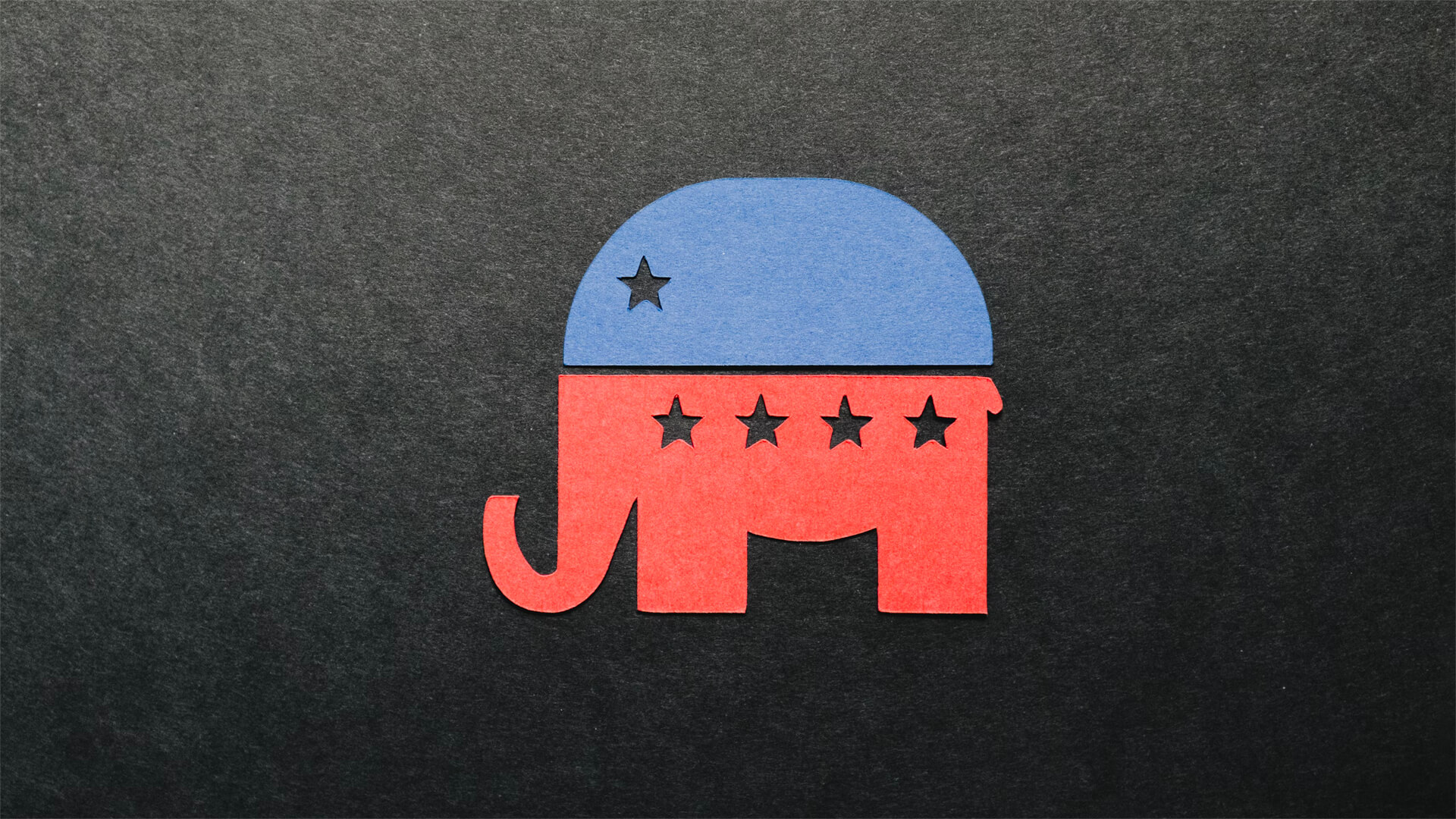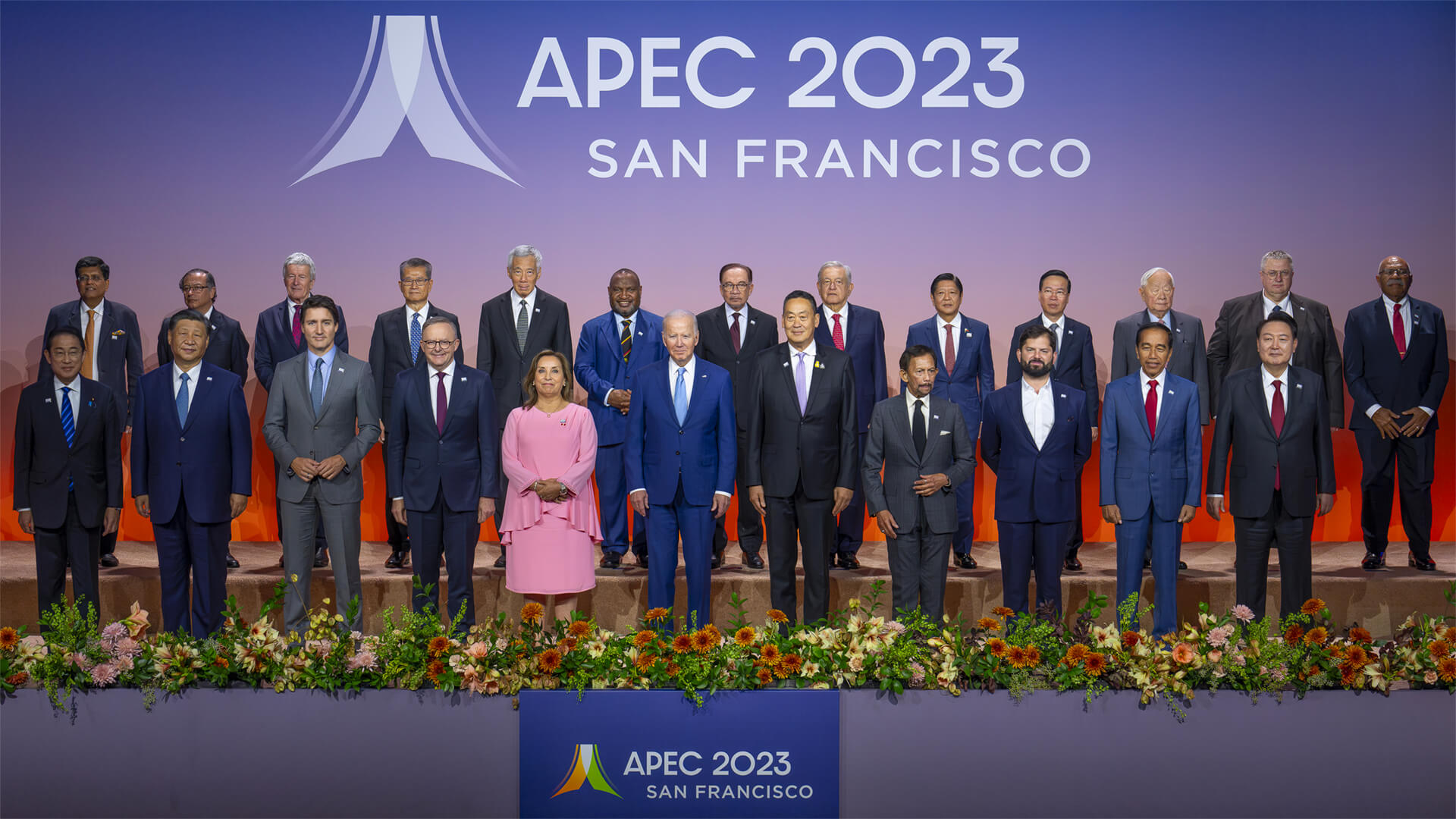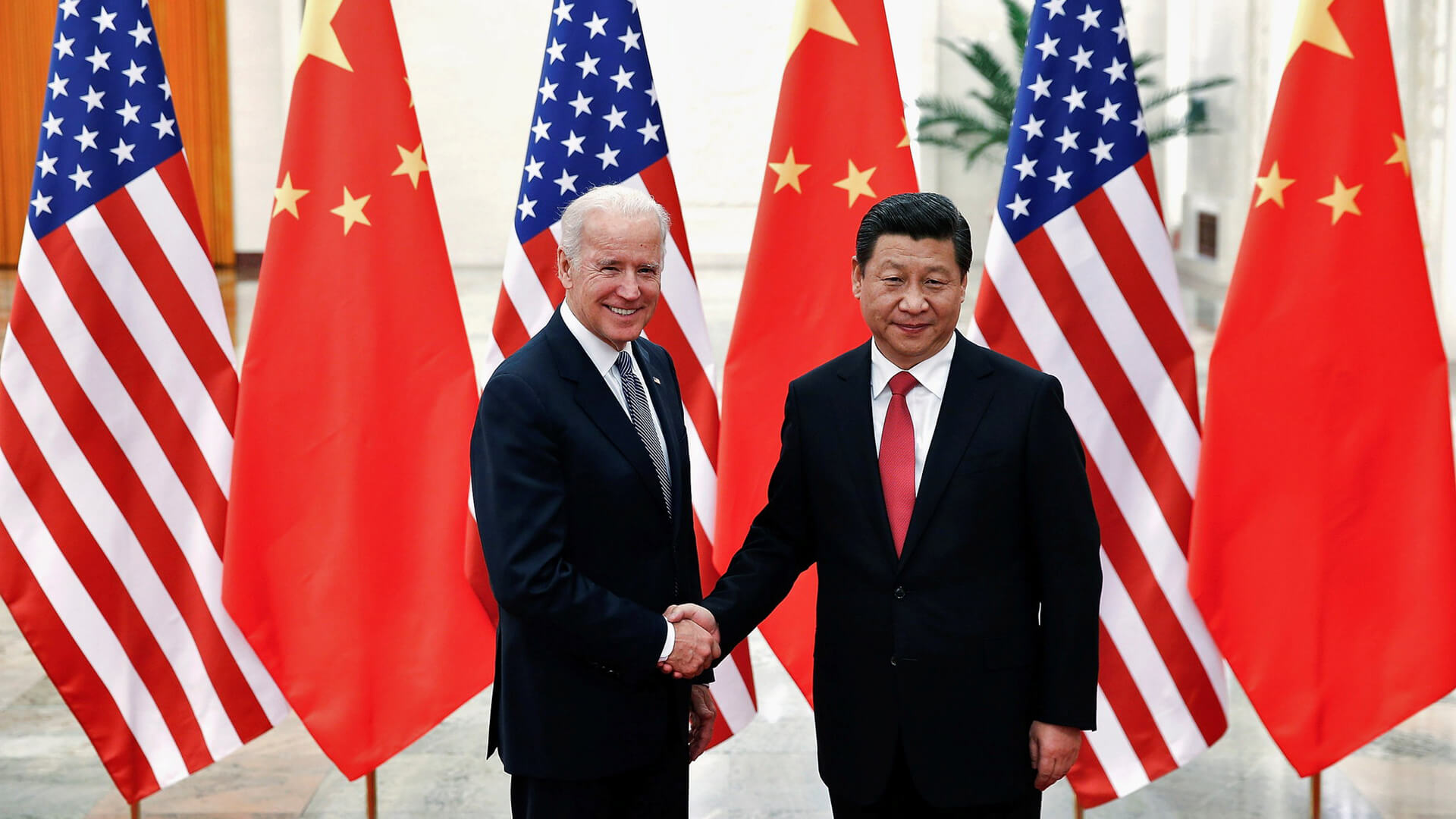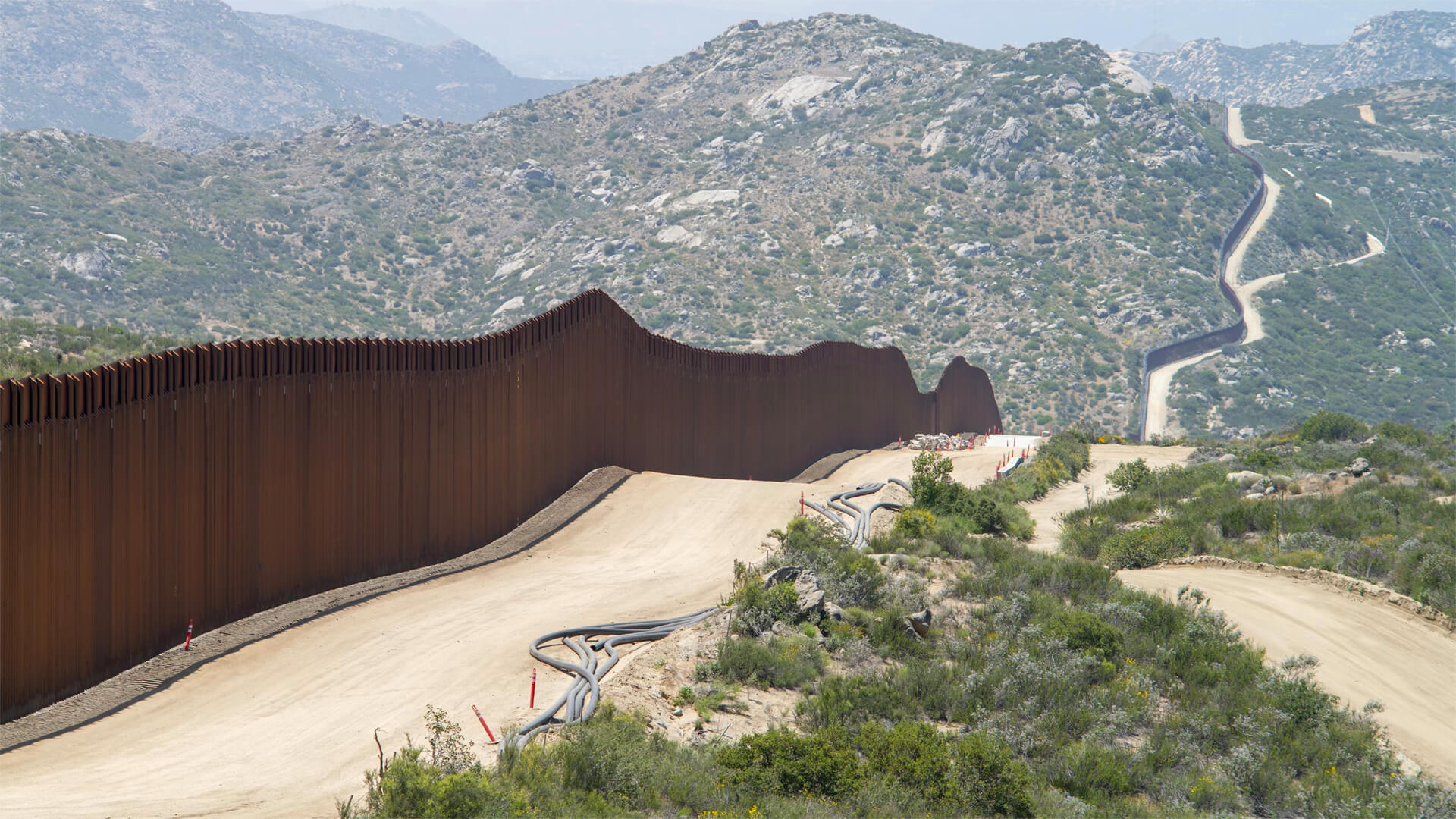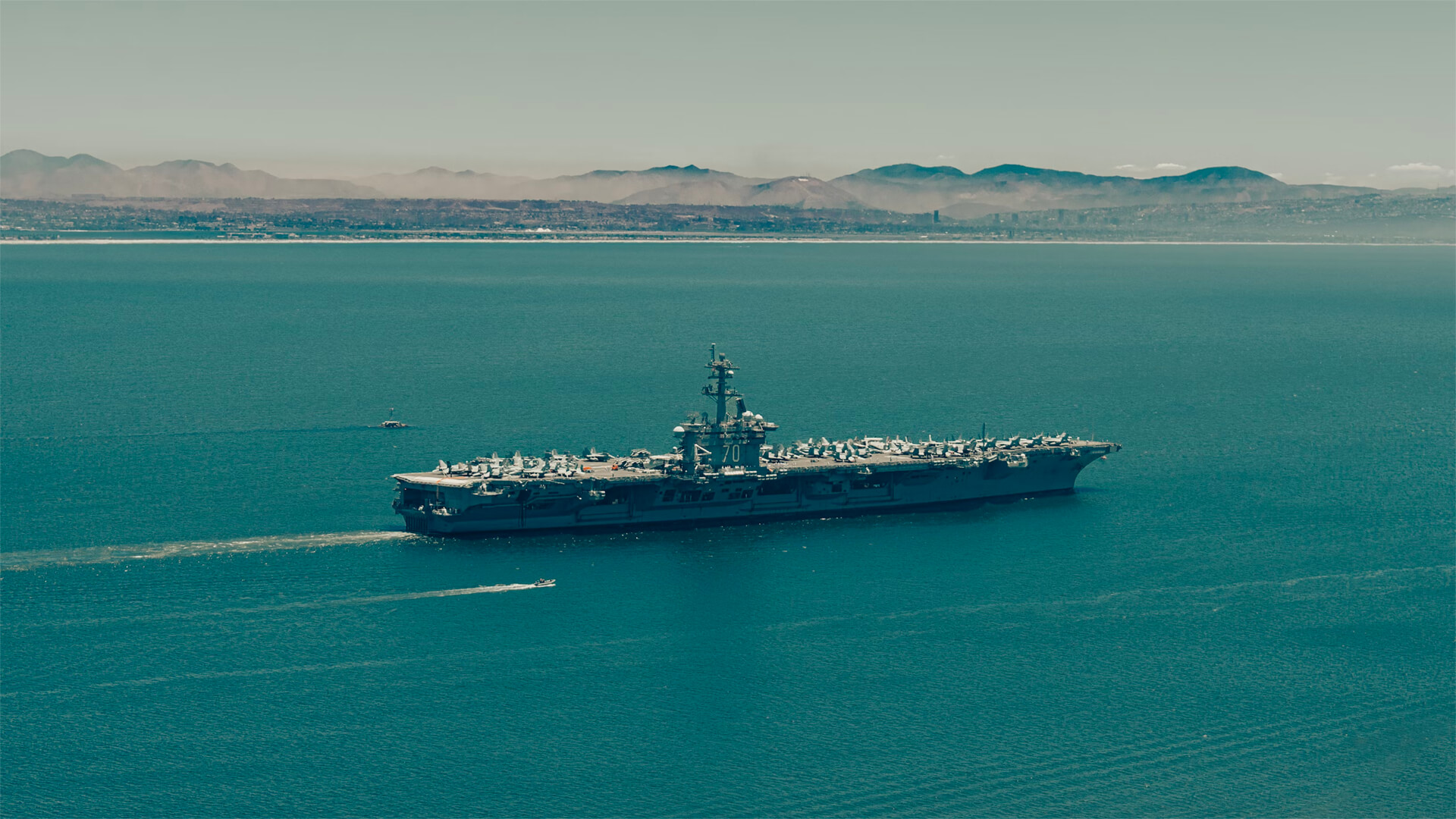Hey everybody. Peter Zeihan here coming to you from Colorado. It is. It’s the 6th of January and I was going to try to ignore this, but I’m kind of in the same position as the Supreme Court. So here we go. Today, the US Supreme Court indicated that it would hear Trump’s challenge to Donald Trump’s challenge to a Colorado Supreme Court ruling that says that he can’t run because he is guilty of insurrection.
What’s going on here is that in the aftermath of the Civil War, a series of constitutional amendments were passed while the South were not present. And so when they receded under reconstruction, they had to adopt them. And among the clauses of those constitutional amendments was one. The Insurrection Clauses says that if you participated in any sort of uprising against the U.S. government, you are immediately disqualified from seeking office at any level in the U.S. government and back during the days of reconstruction, that meant that tens of thousands of people could never be in public service again.
The Colorado Supreme Court has ruled 4 to 3 that Donald Trump meets those criteria, and therefore he can never run for any office ever again. And they disqualified him. Trump obviously is challenging that ruling at the Supreme Court level. Now, the Supreme Court right now, our chief justice has gone by the name of John Roberts, and he has bent over backwards his entire professional career to not not, not, not, not make waves.
His theory of jurisprudence is that laws should be made by the legislators, whether at the state level or the Congress level. And it is the job of the court to have as light of a touch as possible because ultimately they weren’t elected. It was the legislators that were elected and they are the voice of the people. So the court should only rule when it doesn’t have a choice.
It should try to focus on the most technical of arguments rather than the political ones. But now that we have a former president that is basically challenging the law of the land for one of the states, the Supreme Court has no choice but to get involved. Now on the merits of the case, I’m not going to offer an opinion because I am absolutely not a legal scholar.
I will only point out two things. Number one, who runs for office, how that’s regulated, how elections are managed. That is all a state level prerogative. The federal government has nothing to do with that. The United States is a federal system, which means there’s a balance of powers and responsibilities between the national government, the state government, the local government.
And it says very clearly in the Constitution that it’s up to the states how they do things. So in Donald Trump challenging this, he’s basically saying that elections should be a federal prerogative and no one should be able to tell him what he can and cannot do. Now, that’s kind of funny. If you look back at the ideology of the Republican Party and the movement that Donald Trump has assumed leadership of and understand, that would take a big step back to kind of dissect the second piece.
If you’re looking for a real reason why we’ve gotten into this mess, it’s our fault because we tried to clean up politics over the last 25, 30 years. We had something called campaign finance reform. And the idea was that we need to know where the money is coming from. So then when it gets into the political system, it doesn’t overly color it or generate corruption in the old system.
Most of the political money that flowed through the system came from just a few thousand people, relatively wealthy people, folks that generally had a foot in business. And this generated a very slick ish, very schmoozer and yes, somewhat corrupt political system, because you would have people at every level of government who, to a certain degree, were beholden to someone in a suit.
Now, the people who were in the suits, as a rule, being in the business community, they cared about regulation, they cared about rule of law, they cared about economic growth. These are overall not bad things. But it did mean that they these folks who gave the money had the ear of a lot of politicians. And so what would happen is you’d have this kind of schmooze system where a lot of work was done in the back rooms.
Government moved forward and it generally was more interested in continuity and stability than radical change. It certainly didn’t want to burn down the structures in order to make a progressive change happen. It was all about things being done with a degree of responsibility, even if it wasn’t very clean. Well, with campaign finance reform, everyone all of a sudden had a limit for how much they could put into the political system personally, and it had to be reported.
And so we saw more and more people giving money, but at a much lower number. And at the same time, we were making that legal change. We had the information revolution and the start of social media. So the transaction costs for playing in the political system went from giving a few million dollars to a few thousand dollars to a few dollars whose transaction costs went to zero.
And so we’ve gone from a system where a small number of people are beholden to a bunch of folks with money who have an interest in running the system to a very different system where instead of thousands of donors, there’s millions of donors who have just given a few bucks each and that money flows instead of to a party to specific personalities and movements.
So we’ve gone from a schmoozing system that’s somewhat corrupt, that still get stuff done and believe in stability to a system where any politician can raise money on their own and they have a vested interest in screaming and burning the house down because it gets people to click and donate five bucks. Both of them are corrupt in their own way.
One was a lot more functional. I’ll leave it to you to decide which one’s worse. Now, how does that deal with what’s going on at the Supreme Court here? Well, the movement that Donald Trump has assumed command of you could call the states right group if you want to. The idea that the federal government should be shrunk and it should be up to the state governments to decide what happens.
But here, Donald Trump and his supporters are taking the exact opposite of that position, saying that the states shouldn’t have the ability to regulate the elections. That should come from the national level. It’s kind of ironic, but Donald Trump has never been known for being ideologically consistent. Now what happens next? What happens next is we’re all going to get really riled up because the Supreme Court said they’re going to make the ruling in the first half of February, which is in plenty of time for things to get moving before the Republican convention happens in March.
Now, the thing that comes here, the thing that’s really important is the convention itself. In the days before campaign finance reform, the political system was all at the state level. You’d have your Iowa Republicans and your Kentucky Democrats and whoever else, and each party would run their own states the way they saw fit. And then once every four years, they would come together.
The national convention, and jointly nominate and vote on to support a common standard bearer for the presidency. Campaign finance reform made that system a lock. The individual ability to raise funding changed. Now, that’s started with Barack Obama, you know, change. And he basically ran in parallel to his party and won the presidency without being beholden to the party.
Donald Trump, of course, came in and took that to the extreme and even to a certain degree, ran against his own party, not just for the nomination, but for the presidency itself. Well, folks, the states have lost their lock on that system, which means based on how the Supreme Court rules here, we’re going to have a scramble on both sides of the aisle because it’s clear that Donald Trump can’t run.
If that’s how this goes, then all of a sudden we are in a real election again. Joe Biden is wildly, wildly unpopular, and it doesn’t take much of imagination to find a non Trump candidate who might be able to beat him on the other side. Donald Trump is wildly, wildly unpopular and Biden can easily beat him. Deal with that in the next video.
So if we have a month to figure out where the real candidates are, it’s going to be a blitzkrieg with Donald Trump at the back of the room screaming the whole time. Alternatively, if the Colorado court ruling is in some way overturned and Donald Trump is allowed to run, he has zero chance of winning the presidency. But to explain that we’re going to need another video or two.

